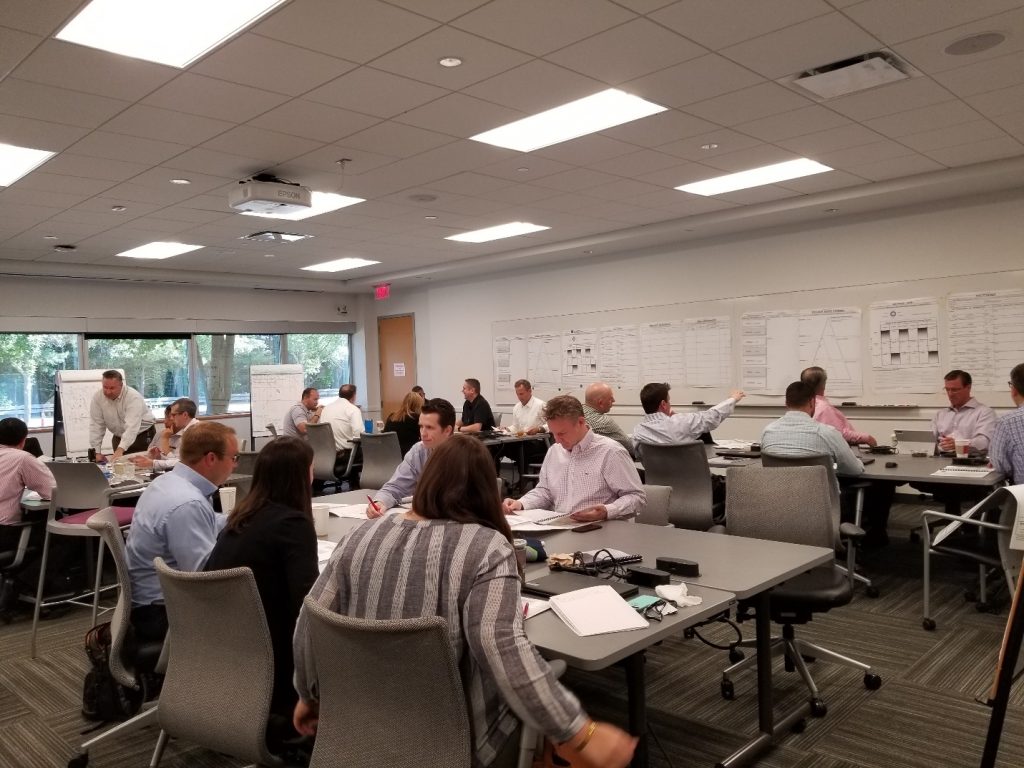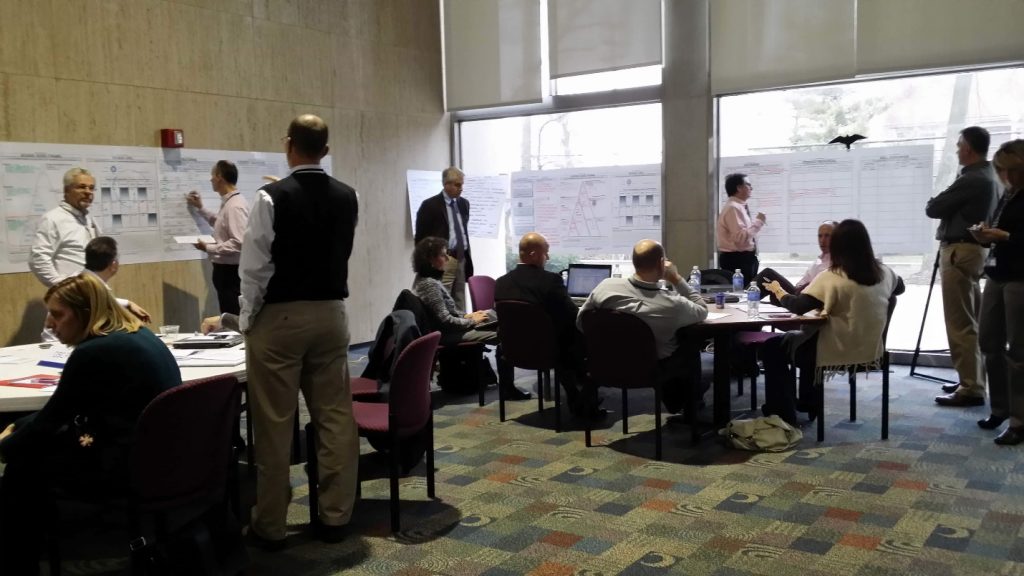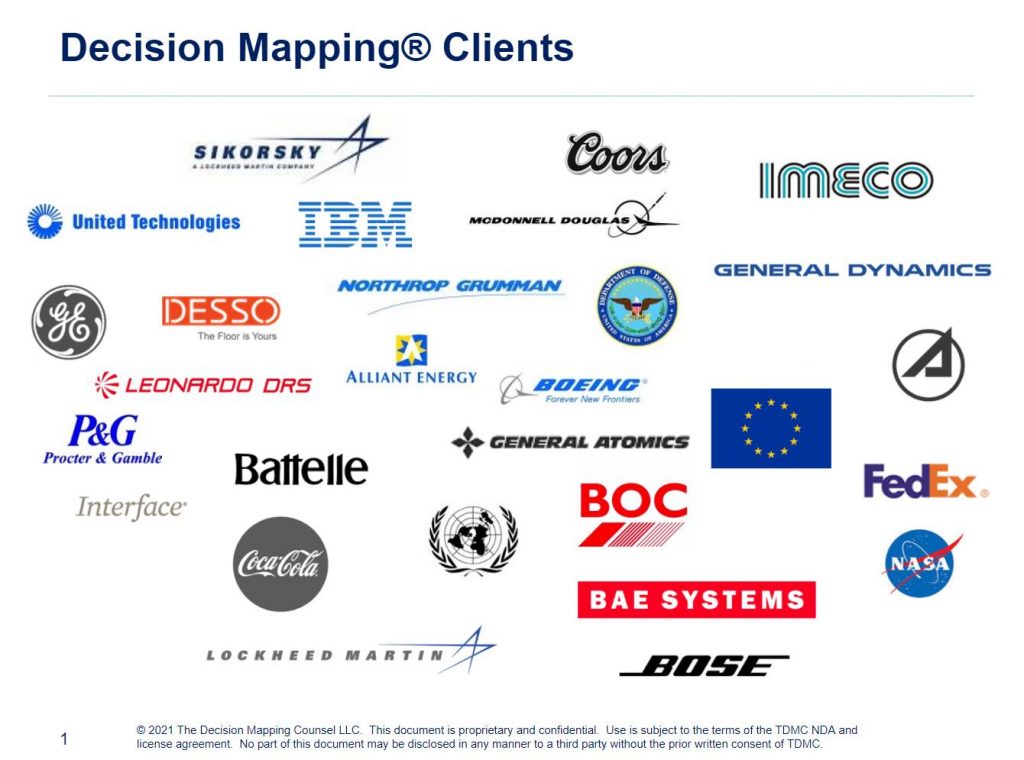
A CORE PROCESS … A KNOWLEDGE OF PATTERNS
Worldwide, top performing clients use Decision MAPping® and routinely invite their Customers to take an active part in Joint Decision-Making and Strategy Formulation. Mapping has taught them to think and act in ways that build such confidence and respect. These are global stars, organizations such as General Atomics, Leonardo, Procter and Gamble’s global Customer Partnering strategy, The U.N. NEPAD project, Lockheed Martin, DuPont, General Dynamics, and United Technologies … even the U.S. Department of Defense – all using this process as a standard of excellence to affect historic decisions with their customers.
Decision Mapping is well known as a core process technology – but it is rarely isolated. Rather, clients link Map’s proven methods, patterns, and lexicon to their leadership and business development processes. Mapping is carefully positioned to complement established systems and procedures to provide incremental, measurable and lasting performance improvements.
(ref: Strategic Account Management, Key account Management, Account Mapping, Sales Force, Concept and Strategic Selling training, Acquire Business and Business Winning systems, etc.)
Mapping Customer Decisions, Mapping Total Markets...
What sets these superstars apart? According to many studies, their habits of managing customers are consistent. Their strategies are Customer focused, they use multi-functional teams, and they know and trust the Decision MAPping Patterns. Their vision, energies, and technologies focus on their Customer decisions. Each of these Companies has carefully introduced, learned, and integrated this methodology into their culture. They rely on “MAPping” as their best practice tool to map customers, markets, and product launches, unions, channels, and brand strategies. They keep a list and map every important opportunity… Decision MAPping sets them apart.

Discovery

Learning Techniques assure immediate use. Teams discover the patterns and immediately apply the process in real-time strategy conferences.
Application effects are immediate. Even in the first test conference teams are “MAPping” strategies for current, critical opportunities.
And Rollout continues as a timeless series of strategy conferences. Executives and resource management learn the process to authorize strategies, and teams know they are accountable.
Funding is structured to fit your budget cycle. MAPping is first tested using a test conference fee. This process technology then can become a licensed asset of your Corporation.
Our goal is to assure your organization becomes a long-term, independent, self-sufficient user of this process.
The term Decision Mapping® is a registered trade mark since 1981.
This process is used early and at very sensitive levels for “Mapping decisions in the external environment” – decisions which create headline wins in the U.S. and globally. The aerospace teams we work with sometimes refer to this as “working left of launch.”
There are a variety of ways to introduce this methodology. Often described as one of the best experiences in people’s careers it provides them the tools to organize around – and affect – customer decisions – generating lasting relationships and a continued appreciation for this process.
This practice of “Mapping Customer Decisions” continues to create historic change. Some years ago team leadership at G.E. discovered the power of multi-functional, and Power-by-the-hour and the walk-away lease at Pratt & Whitney. Mapping led to “Customer Partnering” at P&G. Ray Anderson at Interface mapped out how “Sustainability” could gain their organization the prestige and position at the highest levels in their markets. Battelle used Mapping to discover the concepts and practices of how to create innovation with their customers. The principles of joint-strategy development were evolved and perfected in the aerospace and defense sector. The U.S. government decisions which were mapped have been even more profound.
If an organization is to be successful consider how you might help your teams understand how to focus on and affect not only their own decisions – but perhaps more importantly the decisions of organizations external to your own. Incorporate these elements of learning, process and a decision focus in your culture:
Provide a “Map” and a management process vocabulary for use in assessing the decision-making activity of your customers; in order to affect time-critical and high strategic value decisions. The process is intended as a thought process for mapping internal and external decisions critical to advancing your interests.
